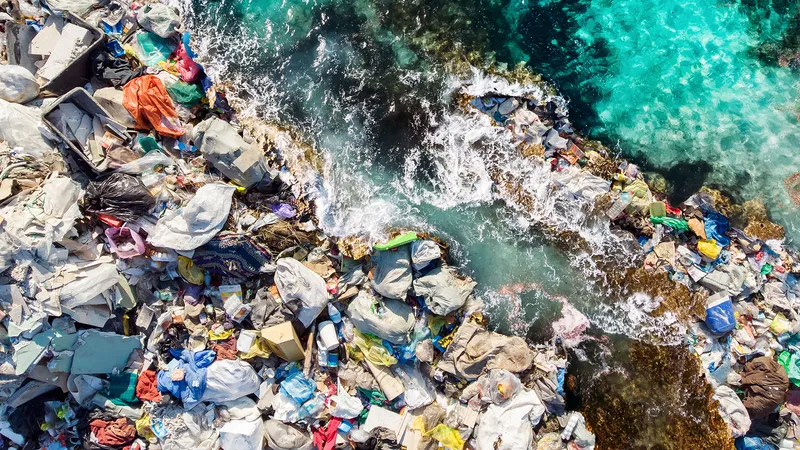Water Pollution
What is, what are the sources and causes of water pollution?
Menu

What is water pollution?
- Water pollution occurs when harmful substances (chemicals, micro-organisms) contaminate a stream, river, lake, ocean, aquifer, or other body of water, degrading water quality and rendering it toxic to humans or the environment.
Overview
- In 2022, a House of Commons Committee report on the state of UK rivers concluded that no river in England was free from chemical contamination.

Sources of water pollution
- Oil spills
- Abandoned mines
- Residential buildings
- Combustion (transportation)
- Septic tanks
- Sewage Treatment Facilities
- Surface run-off
- Industrial run-off
- Landfills
- Sludge
- Agriculture
- Fertiliser
- Factories
Main Causes
- Excessive use of fertiliser and pesticides in agriculture – 40%
- Untreated sewage released by water companies – 35%
- “Run-off” from roads and towns which contains pollutants such as oil – 18%.
Which areas are most affected – Areas with highest quality rivers
- Scotland – up to 66% in good condition
- Wales – 40%
- Northern Ireland – 33%
- England – 18%

What’s being done to tackle water pollution?
In 2018, the government published its 25-year Environment plan, supported by a new Environment Bill for England which was designed to strengthen rules. However, this bill was only approved in November 2021.
The UK’s national environment agencies are meant to monitor the quality of water to ensure industry compliance against the existing regulations.
Since 1993, the number of water quality samples taken annually by the Environment Agency and Natural Resources Wales has dropped by 57%, which the committee says is due to budget cuts.